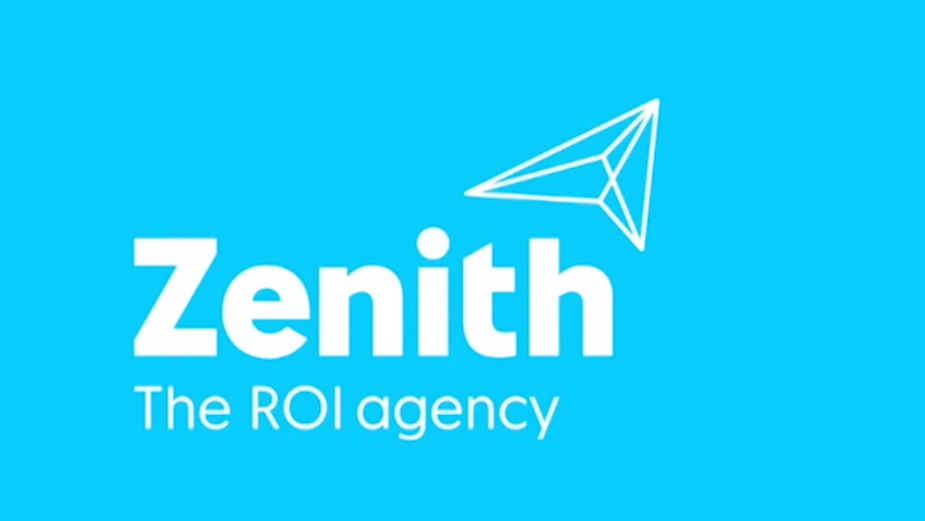
Zenith Predicts That UK Beauty and Personal Luxury Advertising Will Increase by 3.1% in 2021

Zenith predicts recovery will be robust in the UK, with beauty and personal luxury advertising increasing by 3.1% in 2021, from £587m to £605m, according to Zenith’s Business Intelligence – Beauty and Personal Luxury report, published today. However, this is still below the 4.4% growth rate forecast across all categories in these markets in 2021, and also below the 10.9% growth rate forecast for the market as a whole.
Beauty and personal luxury adspend fell roughly in line with the market in 2020. The sharp drop in spending on cosmetics and fragrances as people stopped meeting in person was mitigated by continued demand for both hair and skincare. With hairdressers and salons harder to reach, consumers took haircare into their own hands at home. Skincare, meanwhile, benefited from the heightened desire for health-enhancing products during the pandemic.
During the recovery, though, overall demand for beauty will not change much as consumers remain reluctant to return to their pre-pandemic habits. Most beauty and personal luxury brands will not raise budgets substantially, and will be more likely to redeploy spending from underperforming channels instead.
Technologies like video-on-demand and connected TV, and social platforms like Instagram and TikTok, are creating new premium environments that showcase beauty and personal luxury brands effectively. Brands have also greatly stepped up investment in their eCommerce offerings since the start of the pandemic as a matter of necessity, as bricks-and-mortar retail sales shrank. Digital channels are therefore becoming more valuable for both brand and performance advertising.
These trends have been fuelling digital growth in the UK, but here brands have gone a lot further in transitioning to digital 2020. They spent 52% of their budgets on digital in 2020, compared to 34% across all markets, and 41% on television and magazines, compared to 60%, thanks partly to UK consumers’ willingness to buy beauty products online.
Tim Payne, group strategy director at Zenith UK, said: “Whilst growth will remain subdued in the beauty category, we cannot underestimate the transformative power of beauty to uplift and energise the consumer’s mood during these tumultuous times. The beauty category’s return to growth will undoubtedly be slow and sluggish, but the seismic shift to digital sales and the marked increase in digital consumption offers brands as many opportunities as it does challenges. 2021 will see a renewed focus on first-party data (especially with the decline in third-party tracking), an every-impression-counts approach to eCommerce, as well as, delivering tech solutions that are both easy-to-use and genuinely useful at the point-of-need for beauty lovers.”
A view of the global landscape: better environments and eCommerce help digital compensate for declining reach of magazines and TV global beauty and personal luxury brands spend much more of their budgets on magazines and TV than the average brand. Beauty, the quintessential category of appearance, thrives on its ability to create emotional connections through imagery in a high-quality environment.
Zenith estimates that in 2020 beauty brands spent 18.3% of their budgets on magazines advertising, 4.3 times more than the average brand, and 42.2% on television, 1.6 times more than average. But these media are becoming less effective as their reach continues to decline and the scarcity of their audiences pushes up prices.
Globally, beauty and personal luxury brands have been relatively slow to adopt digital advertising, spending 34.1% of their budgets digitally in 2020, compared to 53.1% for the market as a whole. This is a result of the historic lack of premium digital environments that support the high-quality brand imagery that beauty and personal luxury brands need to convey. It is also due to the difficulty the beauty industry has had adapting to eCommerce, because consumers feel the need to sample and try on beauty products in person before committing to a specific product. According to Euromonitor International, 11.8% of beauty and personal luxury sales were through eCommerce in 2019, compared to 13.2% for the market as a whole.
Zenith estimates that the global beauty category increased its spending on digital advertising 2.8% in 2020, despite the pandemic. This was twice the 1.4% growth rate of digital advertising across all categories, as beauty and personal luxury brands began to compensate for previous underinvestment. Zenith forecasts average growth of 5.9% a year in digital advertising between 2019 and 2022. Beauty and personal luxury adspend on all other media will decline over this period, by between 1.2% a year for TV and 12.4% a year for magazines.
“Growth in beauty and personal luxury advertising will lag behind the market while consumers remain cautious about travelling in public and meeting in person,” said Jonathan Barnard, head of forecasting, Zenith. “But by investing in digital technology that embeds eCommerce into the heart of their operations, brands will prime themselves for more rapid growth when demand picks up.”











